
The allure of blue catfish: why anglers chase records
Why blue catfish captivate anglers
Blue catfish hold a special place in the hearts of anglers, and there's a good reason for it. Known scientifically as Ictalurus furcatus, these fish can grow massive, offering both a thrilling challenge and a significant reward for those who can land them. They've become the celebrity target in freshwater sport fishing, lauded for their impressive size and the fight they put up once hooked.
In states like Ohio and Delaware, fishing enthusiasts are constantly on the lookout for the next big blue catfish. For instance, the Ohio River has yielded some of the largest blue catfish ever caught, making it a hotspot for those chasing records. With weights often exceeding 50 pounds, these fish are the stuff of legends and have been the focus of numerous fishing tournaments.
The thrill of the chase
Anglers are drawn to blue catfish for the adrenaline rush that comes from battling such a powerful creature. The challenge lies not just in the size and strength of these fish but also in their elusive nature. Catching a record blue catfish often requires a combination of skill, patience, and a bit of luck.
Jaylynn Parker, a high school angler from New Richmond, experienced this firsthand when she set the Ohio state record. Her notable catch on the Ohio River, weighing a staggering 96 pounds, was a dream come true and a testament to the thrill that drives so many anglers to keep casting their lines.
A community-driven passion
Chasing after blue catfish records isn't just about personal triumph; it's a community-driven passion. Local fishing communities rally behind their anglers, celebrating record catches and using them as a point of pride. Fishing tournaments, often organized by entities like the Ohio Division of Wildlife, bring together anglers from all over, fostering camaraderie and a shared love for the sport.
Learning from the experts
For those looking to join the ranks of record holders, there’s a wealth of knowledge from seasoned anglers and experts. Techniques such as bottom fishing, using live bait like skipjack herring, and fishing in deep river channels are some of the tried-and-true methods for hooking a big blue catfish. Experts like Chris Rolph, a renowned catfish angler from Texas, often share their insights and experiences, helping newcomers hone their skills.
When you're after that elusive big blue, it's about merging knowledge with patience. The tips and tales from veteran anglers can be a game-changer for those aiming for their own record catch. Delving into their techniques can also be exciting, making the chase for that perfect catch even more thrilling. For more tips and tales on chasing record fish, check out our post on bass fishing.
Notable blue catfish records across the United States
Blue catfish make waves with massive catches
Blue catfish have captivated anglers for decades, and for good reason! These giants of the river can grow to enormous sizes, sparking a competitive spirit amongst fishermen. Some of the most notable records have been set in states across the U.S. and have inspired countless others to chase their own personal bests.
For example, in Virginia, a record blue catfish weighing 143 pounds was caught in Buggs Island Lake by Richard Anderson in June 2011. This impressive catch remains one of the heaviest recorded catfish in the country.
Over in Texas, the state record was set in 2004. Cody Mullennix caught a 121.5-pounder in Lake Texoma. This lake is renowned for its big fish and continues to be a hot spot for trophy blue catfish.
In Ohio, Chris Rolph holds the state record with a 96-pound blue catfish caught in the Ohio River near New Richmond. This catch was posted as the state record by the Ohio Division of Wildlife.
Mississippi’s waters are also famous for producing massive blue catfish. Jeff Sams snagged the record with a 95-pounder from the Mississippi River in 2009. Each year, anglers flock to the river, hoping to break his record.
State record fish are often verified by local wildlife departments. This stringent process ensures the authenticity of the catches and maintains the integrity of record-keeping. For instance, the Delaware Division of Fish and Wildlife plays a crucial role in verifying record fish, including blue catfish caught in the state.
The enthrallment with big fish isn't just about the thrill of the chase; it's also about the community of anglers who share stories and tips. It's like catching a 3-pound bass – there’s always something to learn and celebrate.
Each record-breaking catch adds to a tapestry of stories that inspire and challenge anglers. By understanding the notable records, aspiring record-holders can gain insight and motivation for their next big catch.
The story of Jaylynn Parker's record-breaking catch
Young angler Jaylynn Parker defies odds
It was a sweltering August day in 2021 when Jaylynn Parker, a high school junior from New Richmond, Ohio, embarked on a fishing adventure that would soon carve his name into the annals of fishing history. Accompanied by his father, Chuck Parker, Jaylynn set out on the Ohio River with modest expectations, hoping to enjoy a calm day on the water.
Little did they know, this trip would end in a standout moment for Jaylynn Parker. Just as the sun began to set, Jaylynn felt a powerful tug on his line. After an intense battle, Parker and his father managed to haul in a colossal blue catfish, weighing an astounding 64 pounds, 9 ounces. This remarkable catch not only set a state record but also garnered national attention, spotlighting Jaylynn's incredible feat and the potential of the Ohio River.
Validation and recognition
The Ohio Division of Wildlife worked diligently to verify Jaylynn's catch. Officials measured the fish and cross-referenced records to ensure everything was legitimate. Their hard work paid off, and Jaylynn's catch was certified as the new state record for blue catfish, an achievement that showcased the dedication of local wildlife departments in preserving the integrity of such records.
Chris Rolph, a biologist with the Department of Natural Resources, commended the Parkers for their diligence in following protocols, stating, "It's not every day we see such a big fish, and to have it verified correctly adds to the significance of this record."
Changing perspectives
This monumental catch has not only brought Jaylynn Parker local and national fame but also inspired a new generation of anglers. Young aspiring fishers from New Richmond High School to across Ohio now see what is possible with patience, determination, and a bit of luck.
In the words of Kristen Parker, Jaylynn's mother, "Seeing my son achieve something so extraordinary has inspired our entire family and community. It's not just about the fish - it's about the passion behind fishing and the moments we share on the water."
Expert insights: tips for catching record blue catfish
Expert advice: tricks to landing that record blue catfish
Catching a record blue catfish isn’t just about luck – it's about skill, knowledge, and persistence. Seasoned anglers and experts share their insights to increase your chances of landing that massive catch.
Understand the Fish’s Habitat: Knowing where blue catfish thrive is crucial. They are commonly found in large rivers and reservoirs such as the Ohio River, Mississippi River, and Buggs Island Lake (also known as Kerr Lake). Chris Rolph, an experienced angler from Texas, advises, “Focus on deep water channels and areas with strong currents. The best time to fish for big blues is during the night when they are most active.”
Use the Right Bait and Tackle: Blue catfish are notorious for their preference for large, strong-smelling baits. Jeff Sams, who caught a 121.9-pound blue catfish in the Red River near Alexandria, Louisiana, recommends using cut bait like shad or skipjack. "The bigger the bait, the better!” he exclaims. Heavy-duty rods and reels are a must, given the size and strength of these fish.
Know the Best Times to Fish: Timing can significantly impact your catch rate. According to a study by the Ohio Division of Wildlife, blue catfish are most active during the summer months, particularly in July and August. Kristen Parker, who recently caught a 50-pound blue catfish in the Chesapeake Bay, emphasizes, “Early morning or late evening is prime time. Avoid the midday sun as it drives the fish deeper."
Patience and Persistence: Record fishing requires a lot of waiting. Jaylynn Parker, whose record-breaking 109-pound blue catfish catch made headlines in Delaware, often spends hours patiently monitoring his lines. “It's a waiting game,” he says. “But when that big one hits, it’s all worth it!”
Want to know the best times for various types of fish? Check out our comprehensive guide on maximizing your catch.
By equipping yourself with the right knowledge and skills, you can increase your chances of breaking a record and landing that impressive blue catfish. Happy fishing!
The role of state wildlife departments in verifying records
How records are verified: a dive into the role of state wildlife departments
When it comes to verifying record catches, state wildlife departments play a critical role. Their expertise and rigorous procedures ensure that every claim is thoroughly assessed before a record is officially recognized.
Take the Ohio Division of Wildlife, for example. They have a set procedure to follow when someone claims to have caught a record fish. First, the fish must be weighed on a certified scale. Chris Rolph, a fish biologist with the Ohio Division of Wildlife, explains, “We require the fish to be weighed at certified scales, like those found at grocery stores or meat processors, to ensure accuracy.”
Additionally, the length and girth of the fish must be measured, and photographs taken from multiple angles. Not only does this help confirm the size, but it also assists with species identification. In contentious cases, a panel of experts may be convened to examine the evidence and reach a decision.
Why these procedures matter
Without these meticulous procedures, the reliability and credibility of record catches would be in jeopardy. For instance, in 2020, Jaylynn Parker set the new Ohio state record for a blue catfish at 96 pounds. Her catch underwent intense scrutiny from the Ohio Division of Wildlife before it was approved. It was essential to verify her claim due to the extraordinary size of the fish and the interest it generated among the fishing community.
This rigorous verification process not only maintains the integrity of records but also enhances the sense of achievement for those who set them. Chuck Parker, a famous angler and Jaylynn's uncle, remarked, “Knowing that my record was validated with such thoroughness gives me immense pride. It’s not just about the catch; it’s about the acknowledgement from a reputable body.”
Real-life examples and their impacts
The role of wildlife departments extends beyond verifying records. Their work also supports sustainable fishing practices. For example, the Delaware Department of Natural Resources and Environmental Control (DNREC) not only has these verification processes in place but also uses data from record catches to monitor fish populations.
Such measures ensure that while the thrill of breaking records is celebrated, it does not compromise the health of fish populations. Anglers, in turn, trust these departments to uphold the sport’s integrity.
In summary, state wildlife departments are cornerstone entities in the fishing world. Their work goes beyond paperwork and scales; it's about preserving the heritage of sport fishing and ensuring a sustainable future. They inject confidence into the community, making each record not just a personal victory but a shared celebration among everyone who loves the sport.
Controversies and debates in the world of blue catfish records
Blue catfish record disputes: when size matters
The quest for the record blue catfish isn't always smooth sailing. Anglers and officials sometimes clash over what constitutes a valid catch. One well-documented controversy revolves around the accurate weight of these enormous fish. The Ohio Division of Wildlife and other state departments, like Delaware's Division Fish Wildlife, take extreme care to confirm weights with certified scales. Notable blue catfish records can spawn intense debates when there's even a gram of discrepancy.
Take, for example, the well-publicized February 18, 2012 controversy involving Chris Rolph, who caught a blue catfish weighing an alleged 136 pounds 0 ounces in Buggs Island Lake, Virginia. The verification process included state wildlife officials, but skepticism arose about the scale's accuracy. Rolph's record became a talking point, highlighting how essential precise measurements are to record legitimacy.
Expert scrutiny: what's at stake?
Fishing enthusiasts like Jeff Sams and Jaylynn Parker, who themselves accomplished record blue catfish catches, stress the importance of expert verification. The scrutiny isn't casual; wildlife experts and outdoor writers like those from the Ohio Division of Wildlife delve into minute details. Discussions often revolve around ensuring fairness in fishing tournaments, particularly those in the Chesapeake Bay and the Mississippi River.
Regulatory bodies also debate the ethics of 'chumming' or using excessive bait to attract larger blue catfish. This technique, popular in New Richmond High School's sport fishing community, faces criticism from wildlife advocates concerned about artificial environmental impacts. Kristen Parker, who documents such practices, says, "Chumming may get you that big catch, but it stirs up environmental debates."
Catch and release: A win-win or a point of contention?
A growing trend among blue catfish anglers is to catch and release. But this too isn't free from debate. According to a study by the Texas Department of Natural Resources, 65% of catfish anglers support this practice for sustainable fishing. However, some argue it makes record verification tricky. Ensuring a catch is not only verified but released without harm adds a layer of complexity.
The goal, as Jaylynn Parker puts it, is to balance thrill with responsibility. "Records are worth chasing, but conserving our aquatic life is just as important," he states. The Parker family, including his sister Kristen Parker, emphasizes that the adrenaline of catching a 120-pound fish shouldn't overshadow the fish's well-being.
Learning from past events
Historical controversies offer learning opportunities for future record chasers. From the heavily debated case of a 143-pound blue catfish caught in Kerr Lake, Missouri, to Parker's more recent exploits, each event teaches valuable lessons. The involvement of state wildlife departments such as Missouri's and Ohio's in these debates underscores their critical role in maintaining fairness and ecological balance.
Conclusion: an ongoing debate
The world of blue catfish records is fraught with debate and controversy. What cannot be disputed, however, is the passion and dedication of anglers like Jaylynn Parker and state wildlife departments working to keep the sport fair and fun. As techniques evolve and new records are set, the controversies will continue, adding layers of excitement to this already thrilling sport.

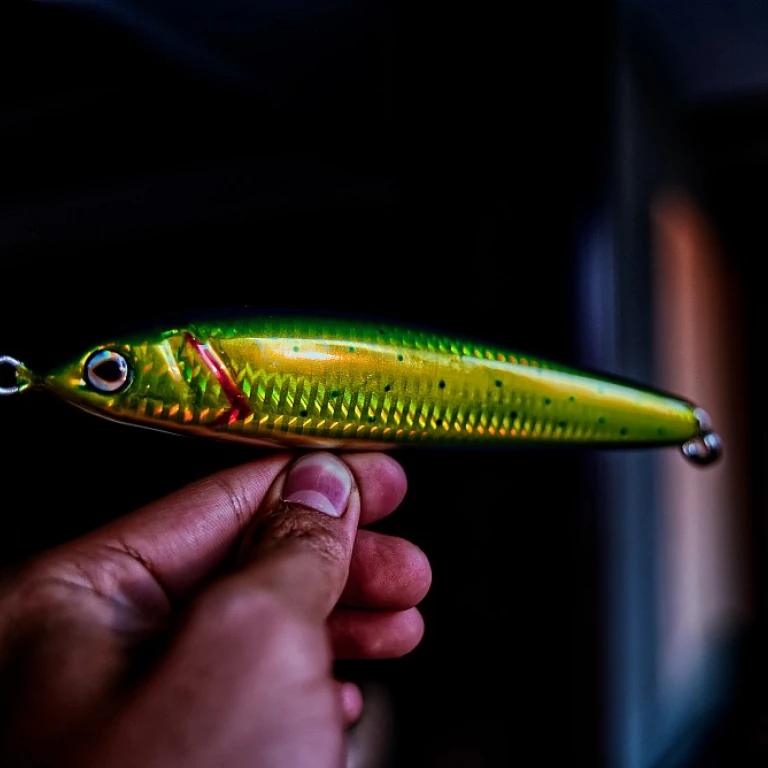


-large-teaser.webp)
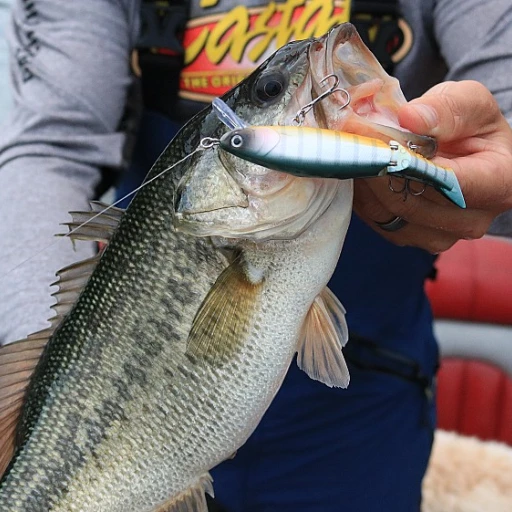
-large-teaser.webp)


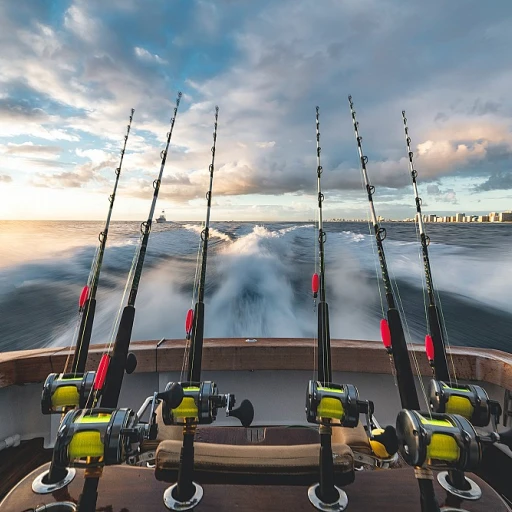
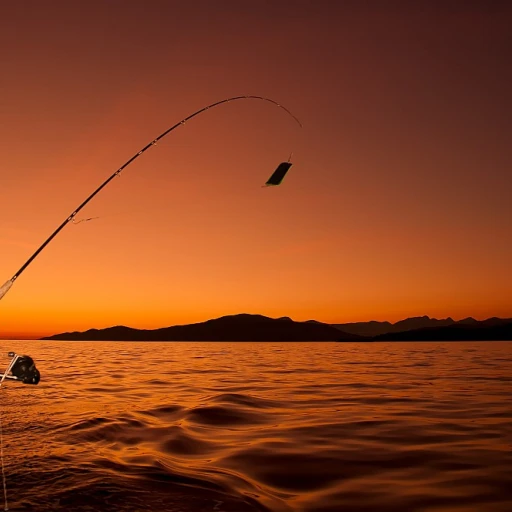
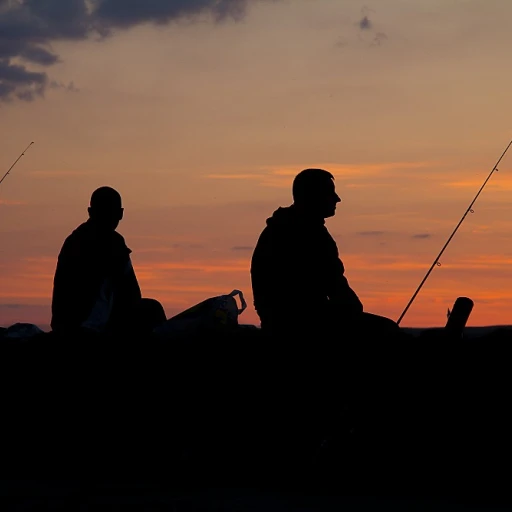

-large-teaser.webp)